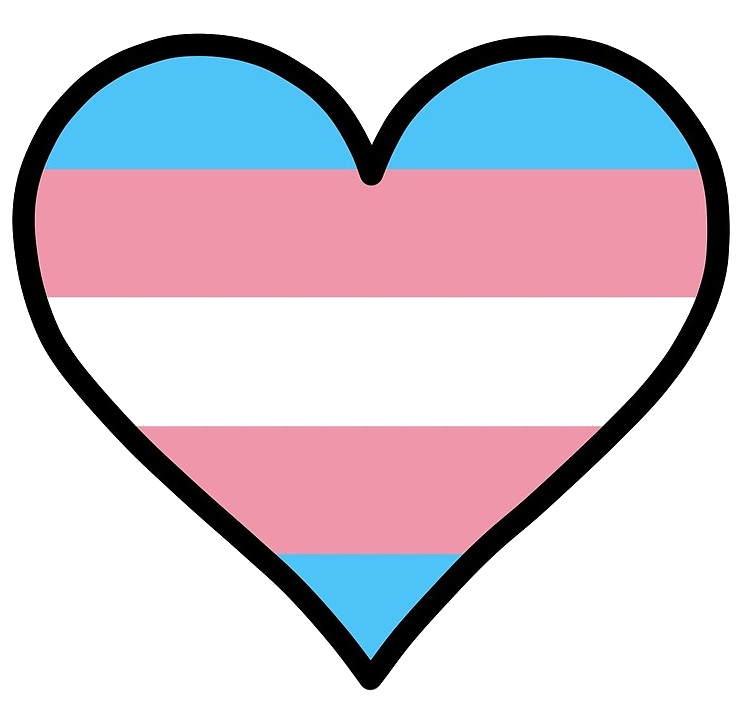"Define red."
What Is Red?
Red is the color of anger, violence, blood, demons, and Hell.
Red is the color of lipstick, love, roses, prosperity, and fertility.
Red is a crayon color.
Social Red
Red is a word that means a lot of different things. It appears throughout history, art, literature, poetry, religion, industry, and medicine. It is used in traffic lights, official signage, as a hospital emergency message indicating smoke or fire, and many other trappings of modern technology. A person might wear red to find a new love, celebrate a marriage, compete in a sport, or just because they like it. Red is used as a core thematic element in top award-winning movies including Schindler's List, The Matrix, and The Sixth Sense. "Seeing red" means you are feeling angry. You can "turn red" in either anger, or embarrassment.
A search for "red" in Amazon books produces over 80000 results. From the history of the color red to fiction stories: with so much to choose from, surely defining red would be the easiest thing in the world, right?
For most of us, we know red immediately when we see it.
But do we all perceive red the same way? Is what I see as red, what you might see as green? And what about the 7-10% of cisgender men whose eyes cannot physically distinguish red from green? How do you define red in a way that makes sense for them just as well as the 90-93% of cisgender men who can distinguish red? And how does one diagnose red-green color-blindedness anyway?
Science Red
This brings me to another definition of red:
Red is 685 ± 65 nanometers.
685 ± 65 nanometers is the visible wavelength of a photon that is perceived by "normal" L-type cones in the human eye as the color red. Red has an energy level of 1.81 ± 0.19 electron-volts and a frequency of 437.65 ± 45.85 terahertz. These numbers come from Planck's Equation, which relates wavelength, frequency, and energy, using the measurable Planck's constant and the defined speed of light of 299,792,458 meters per second. This definition, like those proposed at the beginning of this essay, also has many uses: spectroscopy and spectrometry, Doppler shift, energy transfer, communications, astronomy, lasers, optics. But unlike the other uses first mentioned, this numerical definition of red is fully independent of social constructs. It does not matter what history, religion, social status, national borders, or any number of published books or art works have been done with "685 ± 65 nanometers" in the past: this red is a wavelength range that can be measured in a zillion different ways, and produced (and reliably reproduced) through a zillion different natural and mechanical means.
Let's now put a few things together:
- Red has a lot of uses in society, both historical and current.
- Red can be identified, and defined, in an objectively measurable manner.
- A sizable fraction of the population cannot see red distinctly from other colors.
One final question:
How do we determine who can see red, and who cannot?
About Gender
"Define gender."
Gender is a bit like red:
- Most of us know someone's gender immediately when we see them.
- Gender has a lot of uses in society, both historical and current.
- Not everyone has the same perception of gender, for themselves or others.
- After we ask people about their perception of their own gender, then sometimes we have seen measurable (average) differences in their bodies.
In the same way that social red could mean feelings, art, and history, but science red could also mean wavelength, energy, and velocity; so gender can mean clothes, behavior, hair style, and more, but it can also mean dominant sex hormone, breasts, facial hair, bone structure, and penis/vulva. Gender is both social construct (gender role) and innate neurology that expects a particular body configuration to go along with it (gender identity). And while most people (cis and trans) seem pretty good about understanding gender roles, it seems to me that a lot of people are having a harder time accepting the existence of a real physical gender identity. This is what prompted me to write this brief essay.
My personal innate neurological gender identity is the same as my mother's, and her mother's, and all of my cisgender women friends. I am a binary woman. I know this because when I started taking estradiol I immediately started feeling better in my body. Even with no visible physical changes yet, no comments from anyone else, no different social treatment or behavior -- I still felt remarkably better. It was in fact the opposite of the emotional rollercoaster symptoms that many cisgender women experience during menopause. This particular feeling of being better within my body doesn't care about what I wear, how long my hair is, or how people address me, it is strictly physical and would act the same even if I was alone on a desert island. (Or in actuality when I was alone at home for months during COVID lockdown.)
I am a woman. My pronouns are she/her. Referring to me using they/them, or addressing me with dude/bro/man, is misgendering me. (And BTW to the folks from California who "say dude to everyone, it's gender neutral": how many dudes have you fucked lately? Cut that shit out already.)
There are people under the trans umbrella, with the same critical need for body autonomy, public respect, and legal recognition as me. They experience and understand all the ups and downs of gender roles the same way I do. They are often queer like me, and some of them were coercively erroneously assigned male at birth like I was and thus experience transmisogyny like I -- and all other (and only all other) binary trans women and nonbinary transfeminine people -- do. And though they have no need of anyone's approval, I am glad to offer it anyway, and proudly say that they are totally OK folks and I want all of us to be safe and happy.
But they do not experience gender identity the way I --
and other binary transgender and cisgender women -- do. Some
are PhD academics who have never had to pursue changes to their
body to make it more habitable for their brain, never directly
had the internal mental experience of both
estrogen-dominant and testosterone-dominant modes, or even tried
to publicly don the social image of the opposite sex/gender
category than listed on their birth certificate. They write
texts on gender, teach classes on gender, inspire whole
generations to challenge gender norms: all great things!
But it is an error to take those learnings
about social red social gender role
and apply them to
science red binary gender
identity.
I remain disappointed that so many thought leaders in modern intersectional feminism somehow continue to fail to treat binary trans women like me the same way they do cis women. They say that gender identity itself is a social construct, when I know for certain through direct first-hand experience that it is not. They write books with 20+ adjectives to describe women -- bold, smart, Asian/Black/white, young, poor, tall -- yet still label women like me with a whole different noun (transwoman, or trans-woman), categorically separating us from our mothers and all other women. They share a stage with a trans woman to talk feminism, and multiple times challenge her, insult her honestly, in ways that they never would to a cis woman. Even when they explicitly write or speak out against the evils of transphobia, they still manage to demonstrate that they do not see us as the same kind of human being that they are.
I am not a third gender.
I am not outside the gender binary.
I am not "biologically male." And I never was "biologically male."
I am a binary trans woman. I am telling you this, and ask that you believe me in the exact same way that optometrists believe their patients when they test for color perception. For those of you who are cisgender women, everything you can imagine about how your body should be, is how my brain expects my body to be too. I am infertile, just like all the other women with Mayer-Rokitansky-Küster-Hauser Syndrome: however you might think of them, is how you should think of me.
I couldn't care less about "gender as a social construct", or "the philosophy of gender". For me, this is a minor birth defect that is getting fixed, medically. Stop making new analyses of social gender that ultimately says innate gender identity doesn't really exist. And definitely stop treating me differently from every other cis woman in the world.



